Ultra-Light Speed Optimized Website – Optimize Fast Loading Speed, Retain Customers and Increase Conversion Rates
How does website speed affect revenue?
Page loading speed is the most important factor in retaining customers. According to statistics:
- Customers will leave the page if a website takes more than 3 seconds to load
- Fast loading speed increases conversion rates by up to 30%
- A lighter website helps Google index faster, improving SEO
- Page speed is a factor in Google's search result rankings
- Optimizing speed also saves bandwidth and improves mobile experience
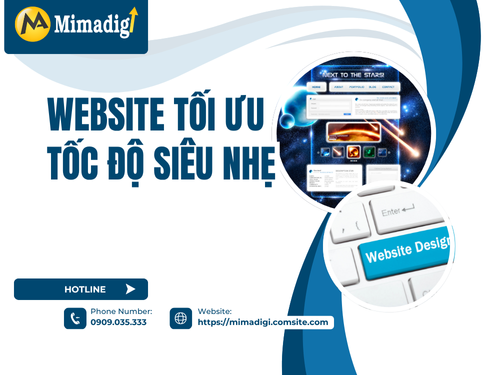
What is an ultra-light website?
An ultra-light website is a website programmed and designed to optimize the entire structure to reduce download size, from images, source code, CSS to database and hosting systems. The goal is for the page to load as quickly as possible on all devices, even with slow networks.
An ultra-light website not only helps increase speed but also ensures safety, easy maintenance, and expansion.
Factors affecting website speed
- Unoptimized image and video sizes
- Using too many unnecessary plugins and JavaScript code
- Weak hosting, limited CPU/RAM
- HTML, CSS, JS code not compressed and minimized
- Website does not use cache or CDN
- Loading data from the server too many times in a session
- Not lazy loading images/videos
- Not using WebP version instead of JPG/PNG
Criteria to be met by an ultra-light website
- Page loading speed under 2 seconds on mobile and desktop
- Only using lightweight source code (Tailwind, Vanilla JS, React lite...)
- PageSpeed Insights score above 90 for both desktop and mobile
- Optimize Google Lighthouse in 4 metrics: Performance, SEO, Accessibility, Best Practices
- Smooth loading on browsers: Chrome, Safari, Firefox
- Do not block rendering with CSS, JS or heavy third-party code

Optimization techniques for designing ultra-light websites
- Image optimization: use WebP format, compress with TinyPNG, do not upload oversized images
- Use lazy load system for images and videos
- Compress source code: HTML, CSS, JS using minify tool
- Use font system instead of heavy Google Fonts
- Turn off or remove unnecessary plugins
- Use browser cache, server cache, application-level cache
- Integrate CDN: Cloudflare, BunnyCDN, Akamai
- Use high-speed hosting/VPS, LiteSpeed/Nginx configuration
- Use service worker to store offline data
- Optimize database: reduce the number of SQL queries, smart indexing
Technologies that make websites lighter but still beautiful
- Tailwind CSS – lightweight framework, easy to customize interface
- React/Next.js or Astro – allows building super-fast static sites
- SvelteKit – modern framework focused on performance
- Jamstack – modern web architecture, super fast, highly secure
- Hugo, Jekyll – build static websites with near-instant loading times

Optimize speed for e-commerce websites
Optimize product images
- Divide content into sections to load gradually (infinite scroll, load more)
- Use specialized cache and database (Redis, Memcached)
- Optimize CDN according to the regions where users access the most
- Integrate Google Tag Manager instead of embedding multiple scripts
Ultra-light website does not mean ugly
- Minimalist design but still ensures user experience (UX/UI)
- The interface can be beautiful if using appropriate technology
- Just need to balance between images – content – speed
- Design suitable for goals: selling, introducing businesses, landing pages
Industries that should use ultra-light websites
- News pages, blogs, landing pages
- Businesses that need strong SEO, fast loading
- Websites running Google ads need to increase quality score
- Online sales need good conversion, fast display on mobile
- Websites serving foreign markets, need fast global loading

Comparing ultra-light websites and common websites
Common website:
- Loading speed: 4-6 seconds
- Heavy page, many effects
- Difficult to achieve high SEO scores
- Risk of being rated poorly by Google for user experience
Ultra-light website:
- Loading speed: 1-2 seconds
- Optimized for mobile and desktop
- Simple, streamlined interface
- Better SEO and advertising effectiveness
Ultra-light website design process at MIMADIGI
- Analyze industry, products and target customer base
- Build a minimalist interface according to needs and brand
- Optimize all resources: images, source code, database
- Integrate speed support tools: CDN, cache, minify
- Measure through tools: PageSpeed, GTmetrix, Lighthouse
- Hand over with instructions for use and speed maintenance
Ultra-light website design costs at MIMADIGI
- Introductory website: from 6 million VND
- Light, speed-optimized sales website: from 9 million VND
- Ultra-light landing page for advertising: from 3 million VND
- Specialized design according to SEO/AdWords requirements: separate quotation
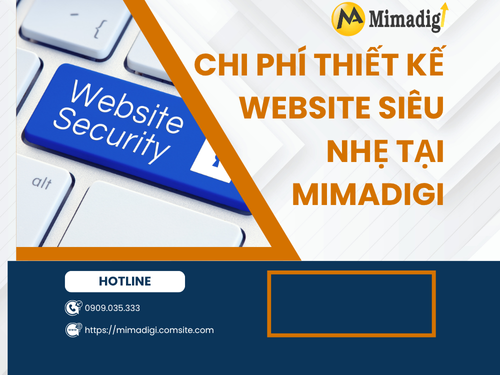
MIMADIGI – specializes in designing Google-standard ultra-light websites
- Optimize performance from source code – not just using plugins
- Neat, beautiful but lightweight interface
- Comprehensive optimization: speed, SEO, security, user experience
- Technical team with in-depth knowledge of website speed
- Support for measuring and improving performance over time
- Warranty – free upgrade according to separate policy
Contact information:
MIMA TRADING SERVICE COMPANY LIMITED
Tax code: 0318672839
Address: Hoc Mon, Ho Chi Minh City
Hotline/zalo: 0909 035 333
Email: info@mimadigi.com


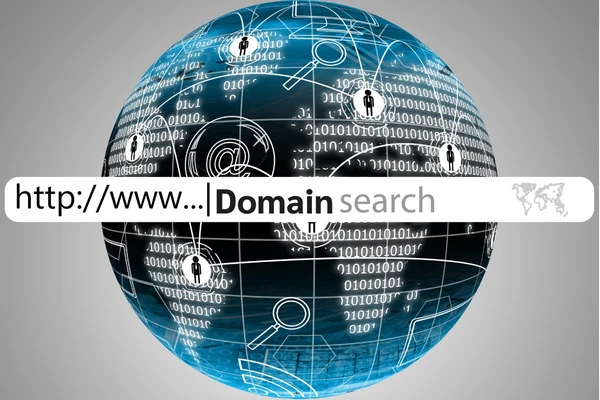

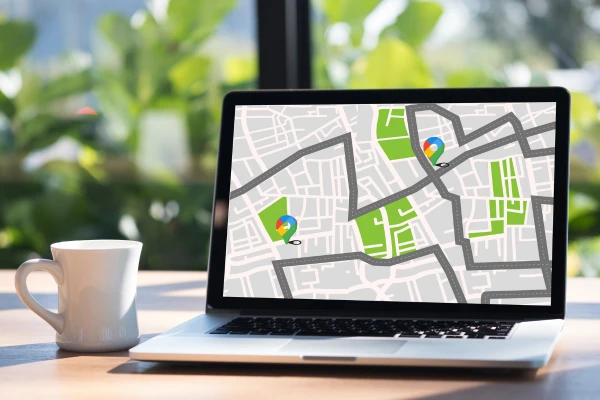
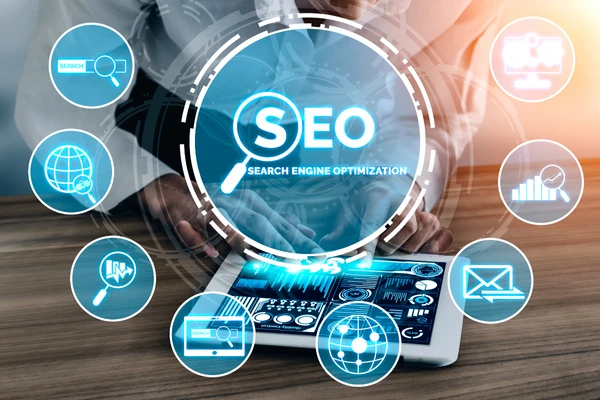



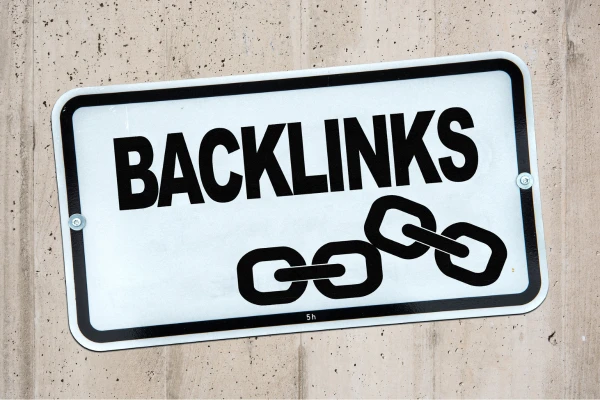

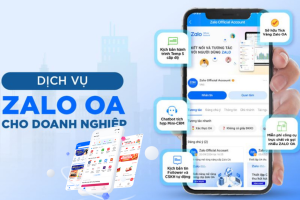
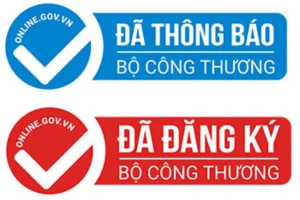
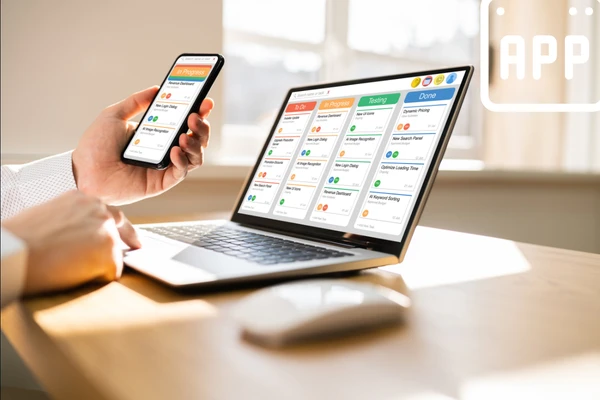

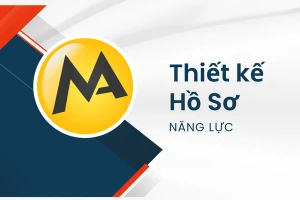
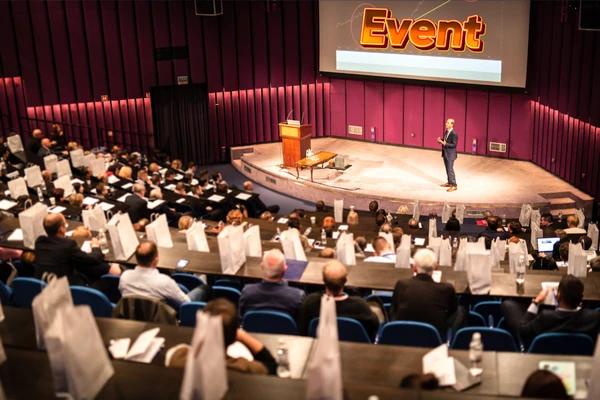





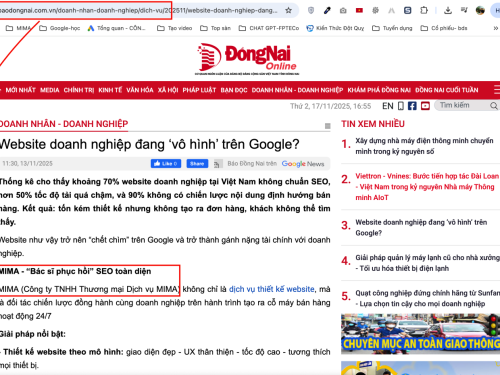



Share your review